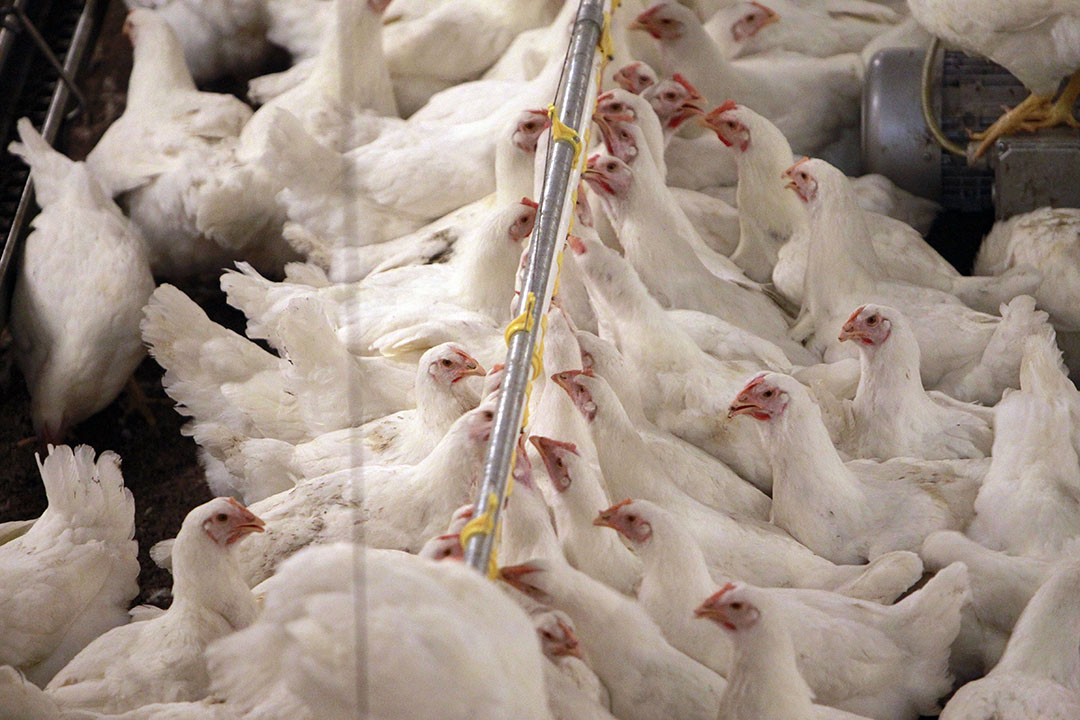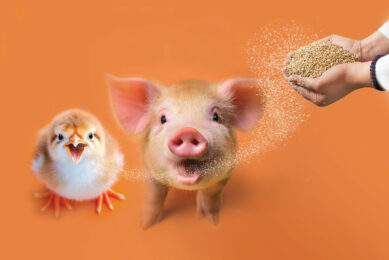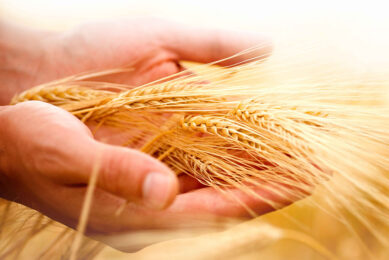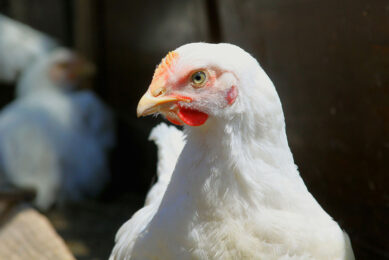More benefits with multi-enzyme solutions

As the modes of action and substrates of phytases and carbohydrases are different, their effects on diet digestibility and performance are complimentary. The nutrients made unavailable by NSP and phytate are not the same. Consequently, nutrient release is higher when using both types of enzymes.
The cost-effectiveness and nutritional efficiency of this kind of combination relies upon the matrix values applied when formulating feed. When using superdosed phytase in combination with a multi-carbohydrase complex, costs savings and sustainability benefits are larger.
Secure performance and save feed costs
A recent study (Jlali et al., 11th Asian Pacific Poultry Conference, 2018, Poster presentation) showed that this kind of combination (MCPC = Multi-carbohydrase-phytase complex, Rovabio Advance Phy) has the potential to compensate for up to 5% reduction in me, 6% in dAA, 0.18% in av.P and 0.16% in Ca, without affecting broiler performance and carcass characteristics. This nutrient reduction was equivalent to a saving of € 16 /t.
The reduction of ME and nutrients significantly reduced the BWG and increased FCR (P < 0.0001; Figure 1a & b) without any effect on feed intake in broilers from 10 to 42 days of age. Carcass, breast and leg weights of broilers at 42 days of age were significantly impacted by the ME and nutrient reduction as well (Figure 2). However, all these criteria were totally restored by the addition of MCPC.
Reduce the environmental footprint
Public concerns about agricultural practices is increasing. These public considerations are driving major changes in the animal production industry. Today the players of the industry are seeking solutions to reduce their footprint on the earth’s resources. Several indicators are considered when assessing environmental impact: global warming, acidification, ozone depletion, photochemical ozone formation, land use, etc. In animal production, the phases with higher impact are feed preparation and breeding.
Corn, soybean meal, animal oil and meat bone meal are considered as major impact contributors. Limiting their utilisation in feed preparation is key for sustainability. With the use of Rovabio Advance Phy, feed formulation can be thought differently. Indeed, in the study presented above, the feed treated with enzymes had 25kg less of soy oil, 8kg less of phosphates and 20kg less of soybean meal per each ton of feed, replacing it by 53kg of corn. This substitution is equivalent to close 1.7 ha of arable land/ each 1,000 t of feed produced, due to the differences in productivity of soy and corn. Moreover, with 1,000 t of feed, 8 t less of phosphates, which is a limited natural resource, were consumed.






